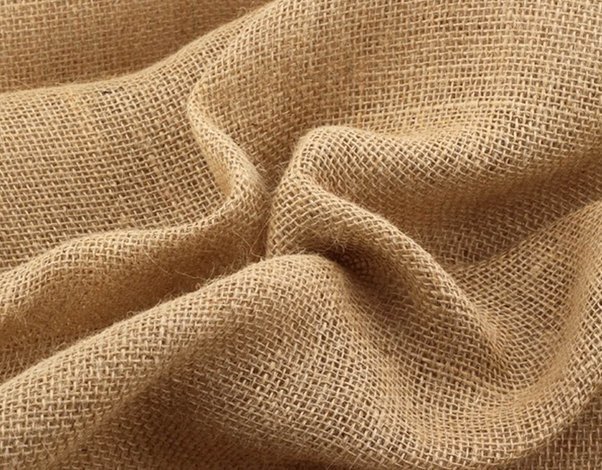People today are increasingly concerned about the environment. This has resulted in increased support for sustainable interior design. This approach extends beyond simply making things seem attractive. It also strives to reduce environmental harm, utilize less energy, and create healthier spaces. This guide delves into the basic concepts behind sustainable interior design. It also discusses how to put these principles into practice. We’ll look at how to choose materials, how to use energy, and how to approach design freshly.
Thank you for reading this post, don't forget to subscribe!- Understanding eco-friendly interior design.
The eco-friendly interior design attempts to reduce negative environmental effects while improving the well-being of individuals living there. The primary ideas are: - Selecting Materials: Choose materials that are renewable, recyclable, or have a low carbon footprint. Some possibilities include reclaimed wood, bamboo, recycled metal, and natural materials such as organic cotton or wool.
- Saving Energy: Designing spaces that use natural light, using energy-efficient appliances and lighting, and incorporating green energy sources such as solar panels or ground heat.
- Clean Indoor Air: Using materials and finishes that emit few or no toxic gases helps keep the air inside clean, reducing health concerns for those who live there.
- Water Efficiency: Installing water-saving technologies such as low-flow toilets and faucets, as well as watering systems for indoor plants.
- Waste Reduction: Take steps to reduce waste during construction and demolition, as well as encourage recycling and reuse of materials.
Practical Methods to Make Interior Design Sustainable
1. Design and Layout: Using natural light and airflow can reduce the demand for lighting, heating, and cooling equipment.
2. Adaptive Reuse: Repurposing outdated buildings or materials reduces waste while preserving the energy used to create them. Reclaimed wood, bamboo, cork, glass, and rubber tiles are all examples of sustainable flooring materials.
Furniture can also be manufactured from sustainable materials, such as FSC wood or repurposed furniture.
Finish: Using low-VOC or VOC-free paints, stains, and sealants improves indoor air quality.
3. Energy-Efficient Lighting: Use LED lighting and daylighting solutions that emphasize the decrease of artificial lighting.
HVAC Systems: To save energy, use energy-efficient heating and cooling systems and increase building insulation.
Renewable Energy: Solar panels and other renewable sources can also be utilized to power a building.
4. Ensure high-quality indoor air through optimum ventilation and circulation.
Materials: Avoid using materials that emit dangerous chemicals into the air; instead, utilize natural or non-toxic materials.
5. Install low-flow faucets, showerheads, and toilets to save water.
Greywater systems allow wastewater to be reused for irrigation or other non-potable use.
6. Waste Management: Reducing construction waste by reusing and recycling materials.
Recycling provisions include recycling container designs as well as material reuse incentives.
To conclude,
A conscientious method of designing spaces that are less harmful to the environment and promote human health is called sustainable interior design. This isn’t a passing trend. Designers and owners should place a high priority on the use of sustainable materials, energy efficiency, indoor air quality, water conservation, and waste reduction in order to practically contribute to outstanding environmental stewardship. Innovative technology or simple design decisions generate differentiated capabilities in all decisions related to sustainable interior design, helping to create a more sustainable future.
Sustainable design strikes a careful balance between functionality, aesthetics, and environmental requirements. It’s a process that keeps learning, adjusts to new technology, and makes moral decisions that benefit the present and coming generations.





